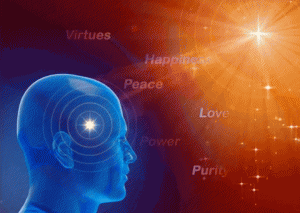
ORIGINAL RAJYOGA OF INDIA
Rajyoga, described in Indian spiritual texts as the chief or best form of yoga, is also perhaps the original spiritual practice, which has given rise to others. Rajyoga is called so because it enables the practitioner to achieve the highest state of the self. As allegorically described in the Bhagavad Gita, knowledge of Rajyoga was given by God himself to humans.
In essence, Rajyoga involves remembering one’s true identity – that one is a soul, the sentient point of light that is the seat of consciousness and the source of life in the body – and connecting with the Supreme Soul, the father of all souls.
Through this connection the soul receives power from the Almighty, which enables it to overcome its weaknesses and regain its pure and complete original state.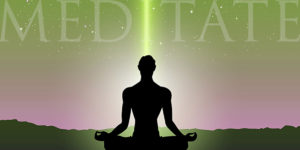
When the soul attains this state, it is no longer influenced by external situations. As described in the Gita, such a soul becomes stabilised in itself, with its thoughts and emotions naturally and easily under its control, just as a wise ruler exercises sovereignty over his dominions.
It is perhaps an indication of the primacy of Raja yoga that in ancient and medieval Indian texts, the term often refers to the goal of yoga and not a particular technique.
Over centuries, several other forms of yoga have come into being, with texts on yoga describing some of them as being steps towards Rajyoga. For instance, hatha yoga, the most popular form of yoga practised worldwide today, is described as one of the ways to achieve Rajyoga.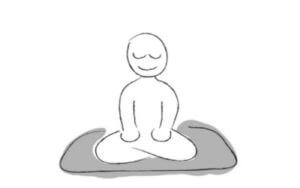
The Hatha Yoga Pradipika, considered one of the most important Sanskrit texts on hatha yoga, begins with a salutation to Shiva. It says Shiva expounded the knowledge of hatha yoga, which, like a staircase, leads the aspirant to the high pinnacle of Rajyoga.
Other texts on yoga, while talking about various forms of yoga, such as Bhakti yoga, Samkhya yoga, Brahma yoga, Kriya yoga etc, also describe Rajyoga as the best form of yoga.
However, the current profusion of variants of yoga has led to Rajyoga being marginalized even as other forms of yoga have gained prominence and popular appeal across the world. Such is the number of yoga techniques today that the meditative practice of Rajyoga is regarded as just one of the many yoga techniques that have originated in India.
The Gita, a treatise on yoga, mentions the various forms of yoga suitable for people from different walks of life. Each of the eighteen chapters of the Gita incorporates the word yoga in its title. The holy book prescribes the yoga of devotion for householders, the yoga of knowledge for those with an intellectual bent of mind, and the yoga of action for the active types. The Gita’s eighteen chapters are said to show a progressive path from the yoga of action to that of devotion and, finally, the yoga of wisdom.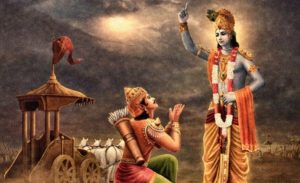
Shri Krishna tells Arjuna in the Gita that the path of action, or Karma yoga, is superior to the path of renunciation, even though both lead to self-realisation. Dwelling on the yoga of wisdom, he says that mere intellectual knowledge does not lead to liberation, as it does not grant one lasting peace and freedom. The path of devotion, or Bhakti yoga, is easier than the path of knowledge, Krishna says, as the aspirant develops a loving relationship with God, adores Him, remembers Him and chants His glories and name. He thus achieves union with God. The yoga of knowledge, Krishna says, requires the aspirant to give up his attachment to the body from the very beginning, and to have dispassion for the things of the world.

Krishna concludes that the yogi on the path of meditation — one who has attained union with the Supreme Soul — is superior to the ascetics, to the men of bookish knowledge and the men of action, as the latter have not transcended ignorance and become merged in the self.
It is time the world learns more about Rajyoga, the highest form of yoga, which teaches one not to run away from life but to attain perfect control of the body and mind, which enables one to perform actions while being free from desires. This naturally prevents discord and conflict, and brings about individual and social peace and harmony, both of which are sorely needed in our turbulent world.
Also Read:
Rajyoga Meditation - The Way To Supreme Peace
The Golden Age -COMING SOON...




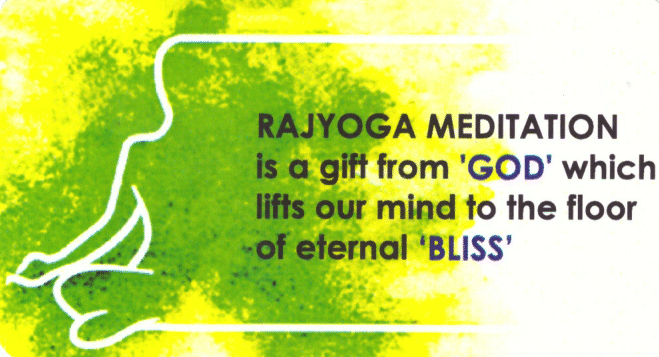
Leave a Comment